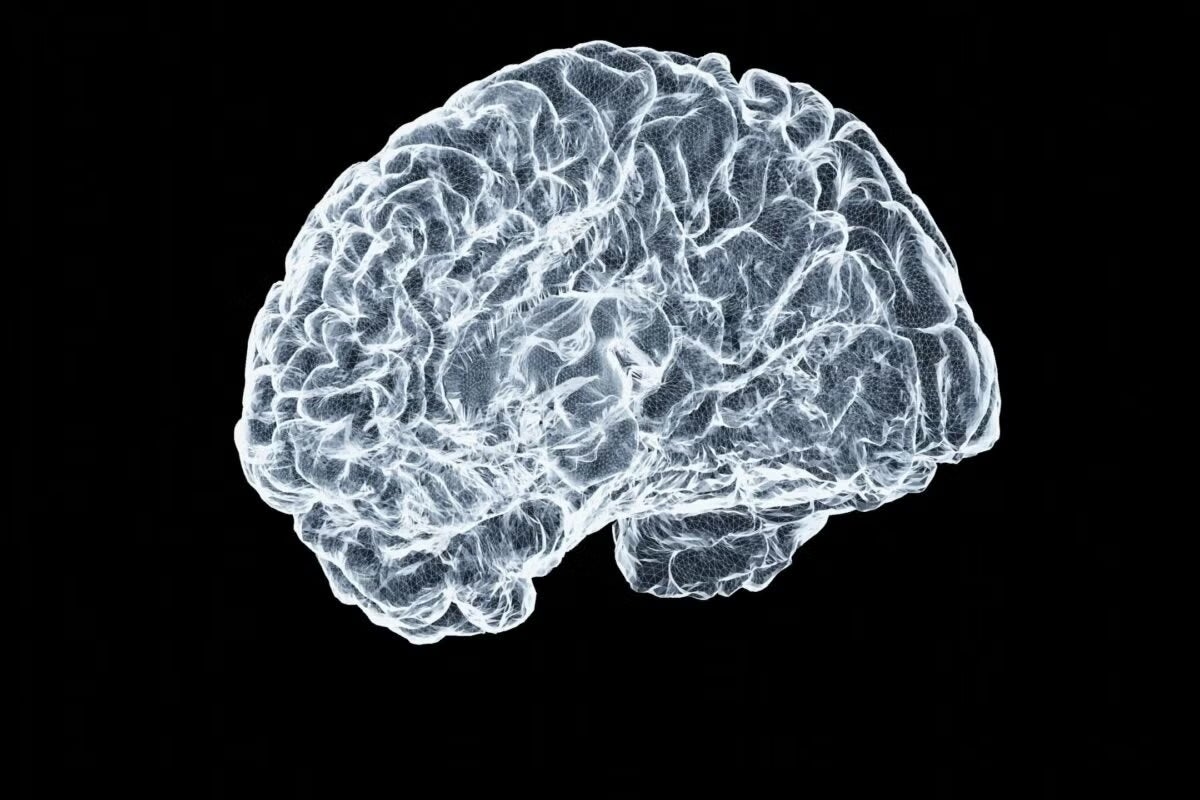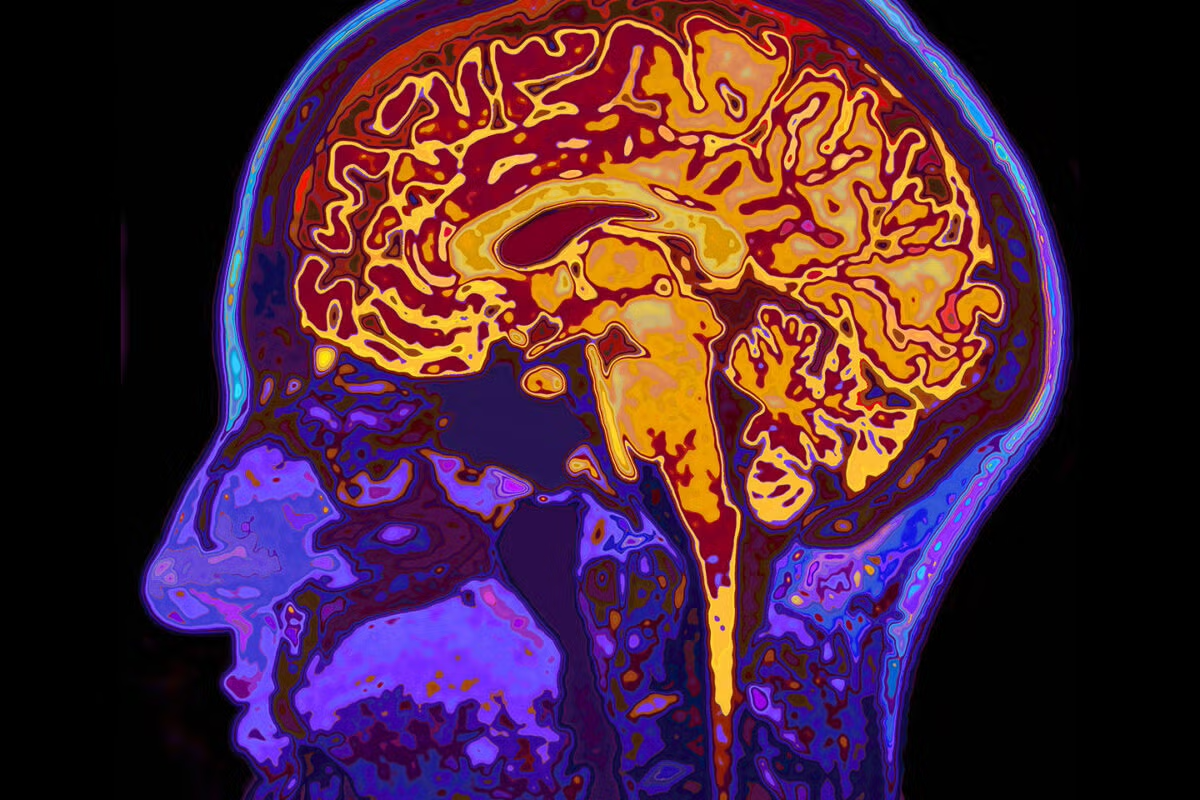International Project to Provide Detailed View of New Complexities Linked to Synapses
UT Austin researchers will lead research that can help us understand more about how we think, sense, learn, act and remember.

Researchers at The University of Texas at Austin will lead an ambitious new project with 10 other U.S. institutions and global partners that has significant implications for understanding human brain health.
With support from the Next Generation Networks for Neuroscience (NeuroNex) program at the National Science Foundation (NSF), the team will examine newly discovered complexities related to synapses — the tiny structures that form trillions of connections between nerve cells in the brain and allow us to think, sense, learn, act and remember. The partnership, which includes scientists in Germany, the United Kingdom and Canada, hopes to explore new ways to define what determines the strength of synapses and what alters their strength.
"Traditionally, synapses have been treated as on or off switches — essentially, 1-bit machines — but this assumption is wrong," said Kristen Harris, a professor in the UT Department of Neuroscience and the Center for Learning and Memory, who will lead the project. "Our team discovered that the information content stored in the size of a synapse can be much higher, already found to be greater than 4 bits in some brain regions. What this outcome means is that synapses are less like light switches and more like dimmer switches that can dial in the desired strength depending on need or mood."
Because new research has found synapses to be far more varied and nuanced than neuroscientists believed five years ago, the new project will examine many aspects of what's known as synaptic weight (or strength). The international scientific team will explore variation among synapses, from the level of molecules to the level of circuits, to determine what differences among them mean for our basic understanding of the brain.
Using multidisciplinary approaches, cutting-edge imaging technologies and cyber resources, the research team will generate data to predict how specific neural circuits form and function. Because recent research has uncovered the important role of differences in synaptic strength, the new project will explore how factors such as size, connectivity, volume, cellular resources and protein composition help shape these nanometer-sized structures and the effects that these differences have in the brain.
"There's still so much we don't know about how the brain works, and one of the keys to unlocking those mysteries is finding out more about specific neural circuits," said NSF NeuroNex Program Director Floh Thiels. "This requires bringing together researchers from fields including chemistry, biology and computer science and engineering, and applying the latest analysis techniques to the data they produce. This has been a goal for neuroscientists for years, and what we will see from this network of researchers is a new chapter of international collaboration and coordination."
To compare and map synaptic weights the team is developing a new form of electron microscopy called tomoSEM (tomographic scanning electron microscopy), which will be able to capture information in high resolution and across large field sizes as necessary for the research. Once completed in the Harris lab, tomoSEM will be implemented and tested across labs in this NeuroNex network, and ultimately it will be standardized for general use. The images and tools will be shared with the scientific community on a public website in collaboration with UT's Texas Advanced Computing Center (TACC).
NSF has awarded more than $50 million over five years to four interdisciplinary teams, including $17.5 million for the U.S. component of the team Harris is leading. Collaborators are Alice Ting at Stanford University; Mark Ellisman at the University of California, San Diego; Erik Jorgenson and Bryan Jones the University of Utah; Clay Reid at the Allen Institute for Brain Science; Davi Bock at the University of Vermont; Narayanan Kasthuri at the University of Chicago; Linnaea Ostroff at the University of Connecticut at Storrs; Terrence Sejnowski and Uri Manor at the Salk Institute for Biological Studies; Joshua Vogelstein at Johns Hopkins University; and James Carson at TACC. In addition, Viren Jain at Google (US) will participate in this project.
The NSF noted that the new projects will build on methods, technologies and tools developed with previous investments in neuroscience by NSF – including past awards through the NeuroNex program – other U.S. federal agencies, and international organizations. As the NSF supports researchers at U.S. institutions in the networks, researchers on Harris' team based in other countries are receiving support from the Deutsche Forschungsgemeinschaft in Germany; and the Medical Research Council in the United Kingdom; and the Canadian Institutes for Health Research and Fonds de Recherche du Quebec in Canada.



